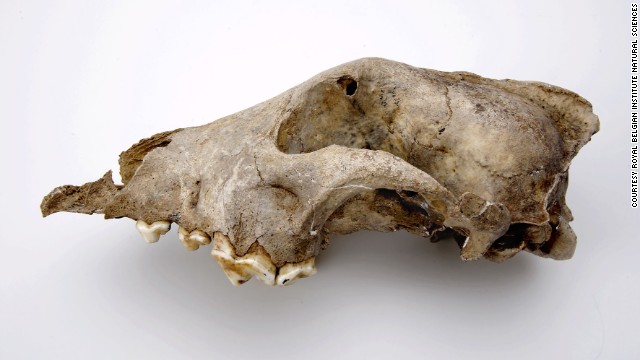BBC
November 15, 2013

The results of a DNA study suggest that dogs were domesticated in Europe.
No-one doubts that “man’s best friend” is an evolutionary off-shoot of the grey wolf, but scientists have long argued over the precise timing and location for their emergence.
The new research, based on a genetic analysis of ancient and modern dog and wolf samples, points to a European origin at least 18,000 years ago.
Olaf Thalmann and colleagues report the investigation in Science magazine.
It adds a further layer of complexity to the story.
Earlier DNA studies have suggested the modern pooch – in all its shapes and sizes – could track its beginnings back to wolves that attached themselves to human societies in the Middle East or perhaps in East Asia as recently as 15,000 years ago.
The problem with these claims is that palaeontologists have found fossils of distinctly dog-looking animals that are 30,000 years old or more.
Dr Thalmann, from Finland’s University of Turku, and his team, have had another go at trying to sort through the conflicting DNA evidence.
They compared genetic sequences from a wide range of ancient animals – both dogs and wolves – with material taken from living canines – again, from both dogs and wolves.
This analysis reveals modern dogs to be most closely related to ancient European wolves or dogs – not to any of the wolf groups from outside Europe, nor even to modern European wolves (suggesting the link is with old European wolves that are now extinct). And because the dog remains used in the research are dated to be more than 18,000 years old, it indicates a timing for domestication that is much older than some researchers have previously argued.
If correct, it means dogs started to diverge from wolf populations when humans had yet to settle into fixed, agricultural communities and were still hunting and gathering.
